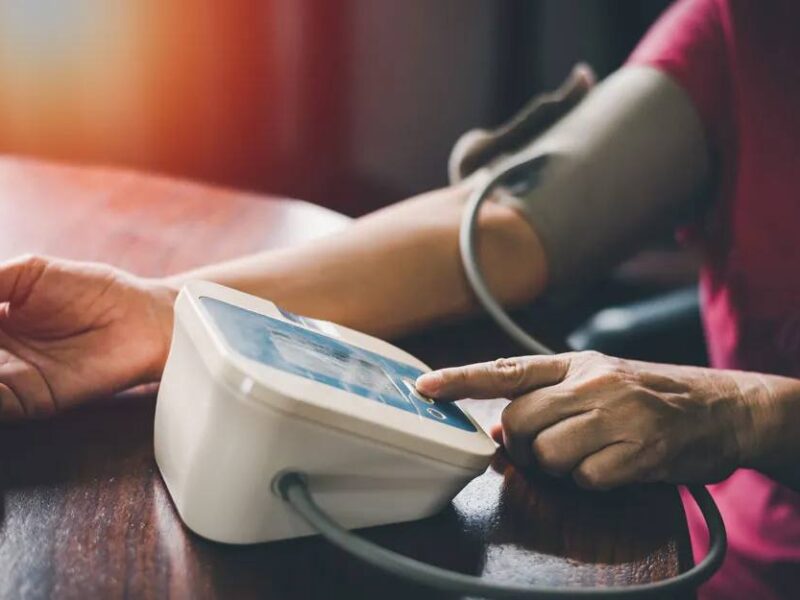New Geographic Monitoring Technique Detects Early COVID-19 Cases

A team of national researchers that includes a Texas A&M University professor believes it has found a way to track clusters of COVID-19 using geographical techniques.
The research from Daniel Goldberg, associate professor geography, and colleagues is published in Nature Scientific Reports. The findings are significant because researchers believe the real-time monitoring of the spread of COVID-19 is much needed due to its high level of transmissibility.
The team has come up with a new method it calls GeoMEDD to identify hotspots and COVID-19 clusters. It uses health systems’ records and data to focus on a geographic region, from a single household to a housing complex to a neighborhood, and analyzes each using real-time data and this information can provide a more precise way of tracking the virus.
Goldberg said that previous efforts that used precise tracking (usually called spatial epidemiology) and similar methods focused more on what happened in the past, and why. But this new approach could be more efficient, he said.
“Without methods that can determine emerging hotspots as they are unfolding, the disease can run rampant in housing such as nursing homes and other high-density housing sites,” Goldberg said. “So by the time people are symptomatic and more and more test positive, the disease is likely already spreading uncontrollably, leading to health systems becoming more and more overwhelmed as we have seen in the recent months.”
Any clusters are identified instantly as positive case data are reported, resulting in the identification of critical hotspots to be targeted as the disease is still spreading.
“Together, these levels of cluster data provide public health officials with the data they need, in the timeframe in which they need it,” Goldberg said. “This is needed to tackle a disease like COVID-19, which is highly-infectious and where individuals can be actively spreading the virus without showing symptoms. It enables us to implement geographically-targeted ways to blunt the spread of COVID-19 as quickly as possible and save lives.”
Goldberg said the GeoMEDD method can be tailored to identify other outbreaks beyond COVID-19, such as flu epidemics, severe cases of overdoses, other types of pandemics or possible bioterror or radiological outbreaks.
“It gives decision-makers and public health professionals the information they need to take immediate action to prevent current disease spread and to save lives in the future,” he said.
Media contacts:
- Daniel Goldberg, 979-845-6395, goldberg@tamu.edu
- Robyn Blackmon, College of Geosciences, 979-845-6324, robynblackmon@tamu.edu





